Meet 7 Designers Moving Fashion, Interiors, and Architecture Forward

When it comes to the future of design, creativity and a bold point of view are key. From a furniture designer inspired by Proust to a pair of architects who started their firm on two different continents, we’ve rounded up the brightest new talents in the industry.
Multidisciplinary Design
Yoon Seok-hyeon
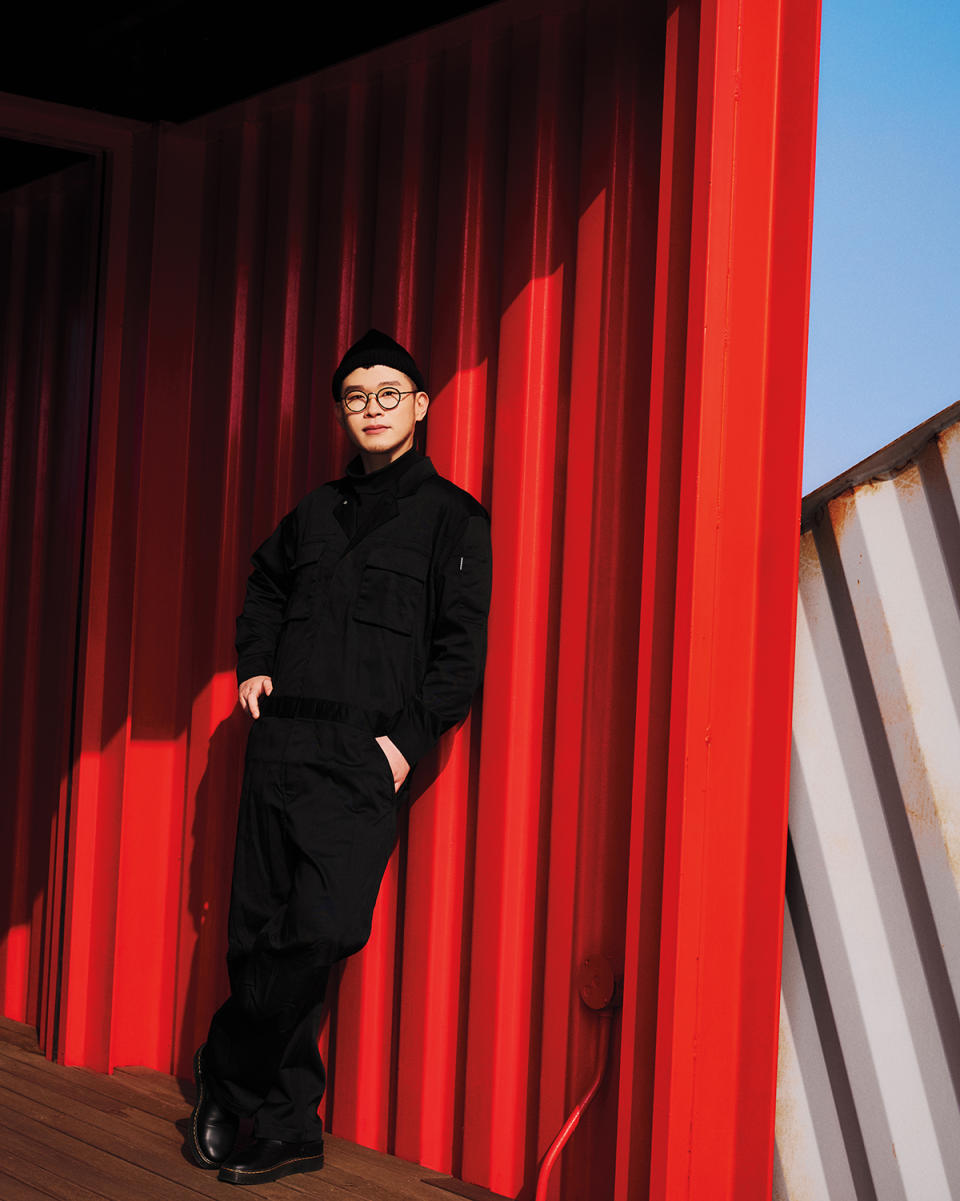
One benefit of Yoon Seok-hyeon’s mandatory military duty in South Korea was that he had time to read a stack of books about the design industry. He’d been learning about the practice in college before he served but found the program’s tendency to steer its students to roles at big companies such as Hyundai a turnoff. “Dutch design caught my eye,” he says, “and I thought, maybe I need to stop studying in Korea and study abroad in Europe.”
More from Robb Report
Inside an $8.8 Million Alpine-Chic Residence at Montana's One&Only Moonlight Basin
Home of the Week: A Grand 1930s Estate Lists for $23 Million on Long Island's Gold Coast
This $13 Million California Contemporary Is a Serene Oasis in the Bay Area
In 2015, Yoon enrolled at the Design Academy Eindhoven in the Netherlands, one of the field’s top schools. The institution’s interdisciplinary approach sparked an interest in material studies and conceptual design. For his graduation project, he wanted to make ceramics but discovered that traditional versions have a hidden downside.
“After a piece has served its life, there’s no way to recycle the material,” Yoon says. “The main reason is the glazing. When you fire the glazing onto the ceramic at a high temperature, they fuse, and it’s very hard to detach, so they often end up in the landfill.”
While researching the long history of pottery, Yoon discovered ottchil, or ott, an age-old Korean technique that uses the sap of the ott tree as a natural lacquer. The varnish evaporates when heated at a high temperature, so the ceramic itself can be reused. Yoon’s final project—called Ott/Another Paradigmatic Ceramic—is a collection of bowls, vases, and plates lacquered in varying shades of rich brown and black. The collection won the prestigious René Smeets Award, and some of its pieces now reside in the permanent collections of the Princessehof National Museum of Ceramics and the Stedelijk Museum Amsterdam.
And while he acknowledges that the project won’t solve an industry-wide sustainability problem, “I thought it could get people to think differently about how we make things,” Yoon says.
His namesake creative practice—Studio Yoon Seok-hyeon, launched in 2019—makes everything from tableware to furniture. His work has even been featured at the annual Steinbeisser experimental gastronomy event in Basel, Switzerland. For the 2023 edition, he partnered with Amsterdam-based Studio laVina to create a series of ghostlike pendants, with shades made from locally harvested and woven linen, that hung over the tables.
Last year, he debuted the Naive Side, a collaboration with fellow Eindhoven graduate Soowon Chae, which follows a more playful approach. One wooden set of its children’s furniture is inspired by the acts of drawing lines, cutting the lines to make shapes, and assembling the shapes into 3-D models.
“I’m fascinated by all different materials,” Yoon says. “Ceramics, metals, textiles—these things are around us every day, and I’m interested to see how design can use them to deliver a message of social value.”
Furniture
Arielle Assouline-Lichten
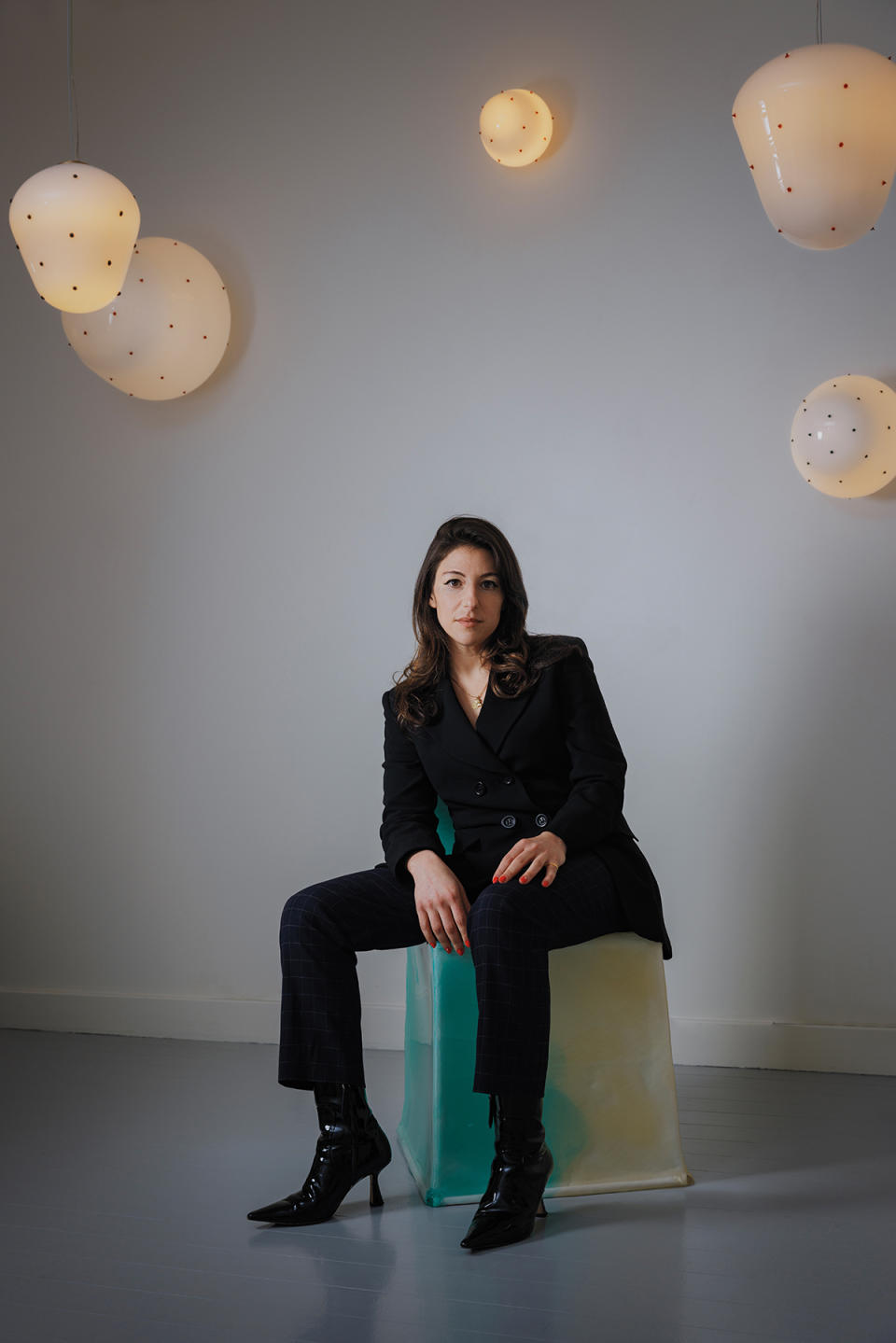
Though Arielle Assouline-Lichten earned her master’s in architecture from Harvard and worked for some of the most prestigious firms in the world, she never seriously contemplated making furniture until a chance visit to Sight Unseen Offsite, a New York City design fair, in 2015. Inspired to try her hand at “imagining anything I wanted to and just making it,” she submitted the idea for a collection of recycled- rubber pieces to the fair the following year—and it was accepted. “My pitch was ‘everything from a tassel to a table,’ ” Assouline-Lichten says of crafting her initial capsule from the type of flecked material you’re likely to find cushioning a gym floor.
It was the beginning of her furniture and product line, Slash Objects, an offshoot of Slash Projects, the multidisciplinary design firm she launched in 2013 to work with clients on exhibition and interior design, apps, and web interfaces.
It seems like it’s not complicated to do, but if you know, you know that it’s the most complicated thing in the world to distill parts into a singular entity.
Looking back, Assouline-Lichten believes Slash Objects was a long time coming. “I always thought that I would be making things and seeing them out in the world,” she explains. “I didn’t think much about what the details would be, but I knew that would be the underlying force that drives me forward.”
Born in Philadelphia to a Moroccan father and a Danish mother, Assouline-Lichten traveled regularly growing up, learning to appreciate the value of “the dialogue between cultures through art and design.” An undergraduate degree in critical theory and visual media from New York University was followed by the Harvard Graduate School of Design and a slew of positions with heavy-hitting firms such as Snøhetta and Kengo Kuma and Associates, in Tokyo.
“Japanese and Scandinavian design definitely remain a strong point of reference,” Assouline-Lichten says of the minimalist angular tables, lamps, and seating made from materials such as marble and brushed aluminum that define her sensibility now.
“I’m fascinated with this idea of being able to simplify,” she adds. “It seems like it’s not complicated to do, but if you know, you know that it’s the most complicated thing in the world to distill parts into a singular entity.”
Assouline-Lichten is passionate about working with glass and stone—onyx and travertine, specifically. The idea of recycling a cracked slab that was “once relegated to the trash pile in the marble yard,” she says, “is a beautiful thing.” For her most recent show, Unbroken, which ran at NYCxDesign last year, cracks, fractures, and irregular, raw edges were the heart of a duo of pendant lights and a side table.
Currently based in New York and Paris, she hopes to bring her business to the European market (“Paris, especially, is really having a moment in the design world right now”) while also expanding her range of furniture and home decor to include dining tables, storage units, and additional lighting styles. “As I try to level up this year,” Assouline-Lichten says, “I ultimately want to widen the breadth of my work to have pieces in every category.”
Fashion
Guy Berryman
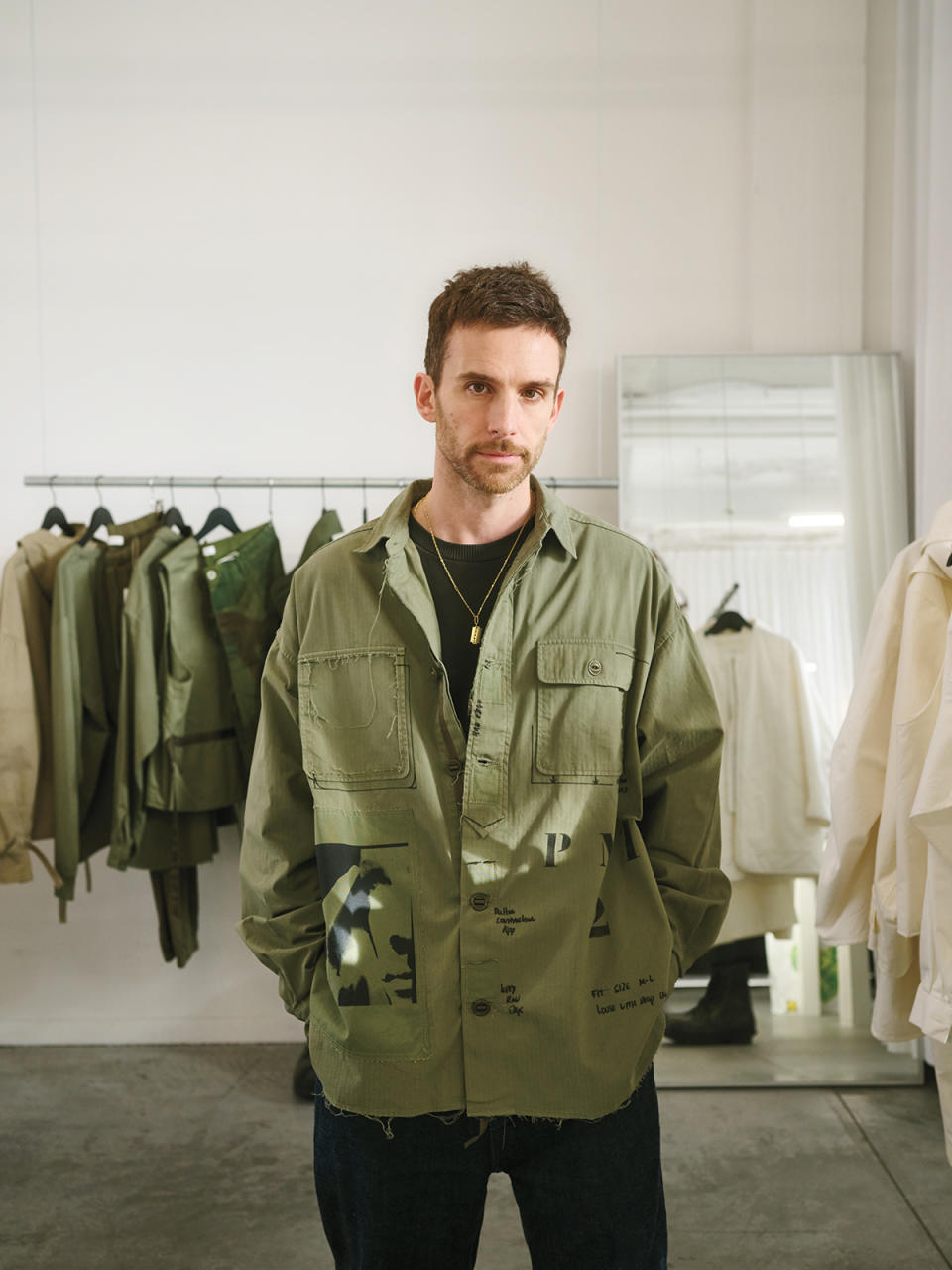
Rock stars on tour have been known to have many creative diversions (to put it mildly), but sewing isn’t one of them—except in the case of Guy Berryman, Coldplay’s longtime bassist. “You end up spending a lot of time sitting in hotel rooms,” he says, “so my sewing machine always comes with me.”
Berryman studied engineering and architecture in college and is an avid photographer, watch collector, and car lover. “Everything I do in life I taught myself,” he adds on a recent call from Amsterdam. “I’m somebody who constantly needs to create things.” Most recently, he crafted a tote from one of 50 green nylon Air Force flight suits he scored on eBay. “I used the lining of the flight suit for the lining of the bag and kept all of the pockets and details,” he explains. The inside handle’s padding comes courtesy of a cut-up hotel towel, and the finished carryall is something he says he uses every day.
We really try to avoid the culture of hype that surrounds us these days.
As for the other 49 suits, one possible plan is to turn them into more bags for his newest venture: the fashion brand Applied Art Forms. In development since 2018 and launched in 2020 during the long days of Covid lock-downs, it’s a label with an eye toward timeless utilitarian pieces crafted to last for decades.
“I’m a collector by nature and over the years have built up a large archive of vintage clothing,” says Berryman, who serves as creative director. “When I started exploring the idea of a brand, I realized that the archive was essentially a library of ideas to draw from.” The collection of hundreds of pieces from all over the world focuses on workwear and military styles from the 1950s and ’60s, which he has squirreled away in cupboards and closets.
Berryman also has a deep passion for Japanese craftsmanship, which he translates into pieces such as a handsewn patchwork jacket that uses 19th-century Japanese boro cloth. “There’s a district called Koenji in Tokyo where I could spend weeks,” he says, discussing the street style in Japan that inspires him. “It’s about the silhouettes—I like super-oversize pants, oversize shirts, dropped shoulders.”
One of his favorite items is a modular parka with a zip-out vest. “I prefer to think of myself as a clothes maker rather than a fashion designer,” Berryman says. “I want to make things that people can style in different ways and wear every day.” As such, Applied Art Forms relies on a muted palette and fabrics and styles chosen for their durability. “Sometimes I feel like people are designing clothes to look good on social media,” Berryman adds. “We really try to avoid the culture of hype that surrounds us these days.”
The label recently released its first jewelry collection, called A Vanitas, in collaboration with jeweler Hannah Martin. Crafted from 18-karat gold and silver, the minimalist bracelets, earrings, rings, and necklaces nod to a luxurious punk aesthetic. The duo already have plans for a second collection that will offer personalized engravings and precious stones.
For now, Berryman is looking forward to his new life in Amsterdam, where Applied Art Forms is based. “You have to be all in if you’re running a fashion label,” he says. “I wake up at three o’clock in the morning thinking about the gauge of thread we should be using or how big a hem should be.” But his main focus remains connecting with the people who love and support it. “Anyone can come at any time,” he says of the atelier. “Just drop us an email.” Three or four times a year there’s also an open-studio Saturday where everyone is welcome to try on pieces and hang out.
“I’m not trying to turn this into a huge megabrand where I have shareholders that I need to answer to,” Berryman notes. “I want to make sure that I’m always free to make the things that I want to make.”
Interiors
Jae Joo
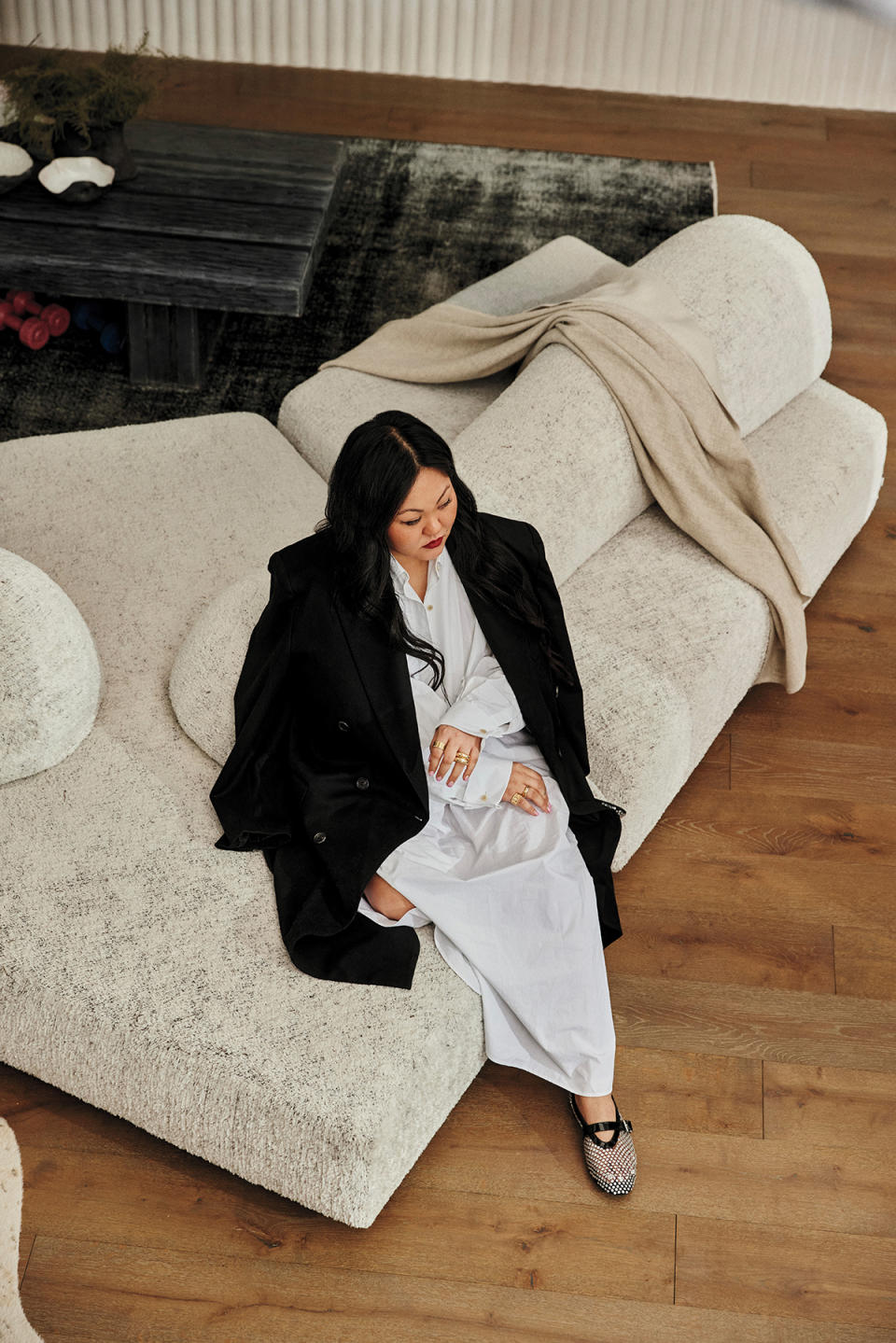
Though she has fond memories of decorating her childhood bedroom, interior design was not in the plans when Jae Joo moved from Seoul to New York City as a teenager to study opera. “I really loved music and performing, but after graduation, I found myself looking for something new,” Joo says. “I wanted a career that felt more practical and creatively diverse.”
As serendipity would have it, Joo had recently married, and the young couple bought a Brooklyn brown- stone that needed a lot of love. “Until then, I didn’t understand what passion really is,” she says of working with a builder to renovate the home floor by floor. The goal was to restore the house’s period details while creating a lived-in, cozy mood anchored by vintage textiles, modern finishes, and statement art. After four years, the pair decided to move to Manhattan, but the design bug only grew stronger. “I started doing my friends’ apartments, and then friends’ of friends,” Joo says of her early commissions. “I was really lucky—within a year, I had eight projects, and my business grew very quickly.”
In 2017, Jae Joo Designs was officially born. Seven years on, Joo has orchestrated lofts and brownstones on the East Coast and is undertaking her first international commission, a retail project in Paris, this summer. And though each space has its own unique sensibility and practical demands, what characterizes a Jae Joo interior is, as she puts it, “the blend of historical details and charm with livability.” There’s a penchant for natural materials and freeform shapes, bold art set against muted walls, and a relaxed, luxurious feel where nothing is too precious or labored over.
“I like to have fun mixing and matching and playing with scale,” Joo explains. The perfect space, she adds, is all about “blending dramatic architecture with chaotic, everyday life.” To balance things out, she turns to her native South Korea for lessons on how to capture a sense of calm and serenity. “The Korean hanok, a traditional house from the 14th century, captivates me for its seamless integration with nature and its remarkable ability to create privacy without disrupting the surroundings.”
Having completed her own prewar loft in Tribeca, Joo recently embarked on another dream commission: a historic Connecticut estate. (“I’m always drawn to the oldest house possible,” she says.) Plans include antique French beaded trims and gilded, hand-embroidered textiles from India. A longtime vintage lover, Joo hunts for pieces both online and in person at local flea markets, be they in Florence or Fairfield County, where she has a weekend house, saying with a laugh, “I had to get a storage unit because my garage is too full!”
Architecture
GO’C
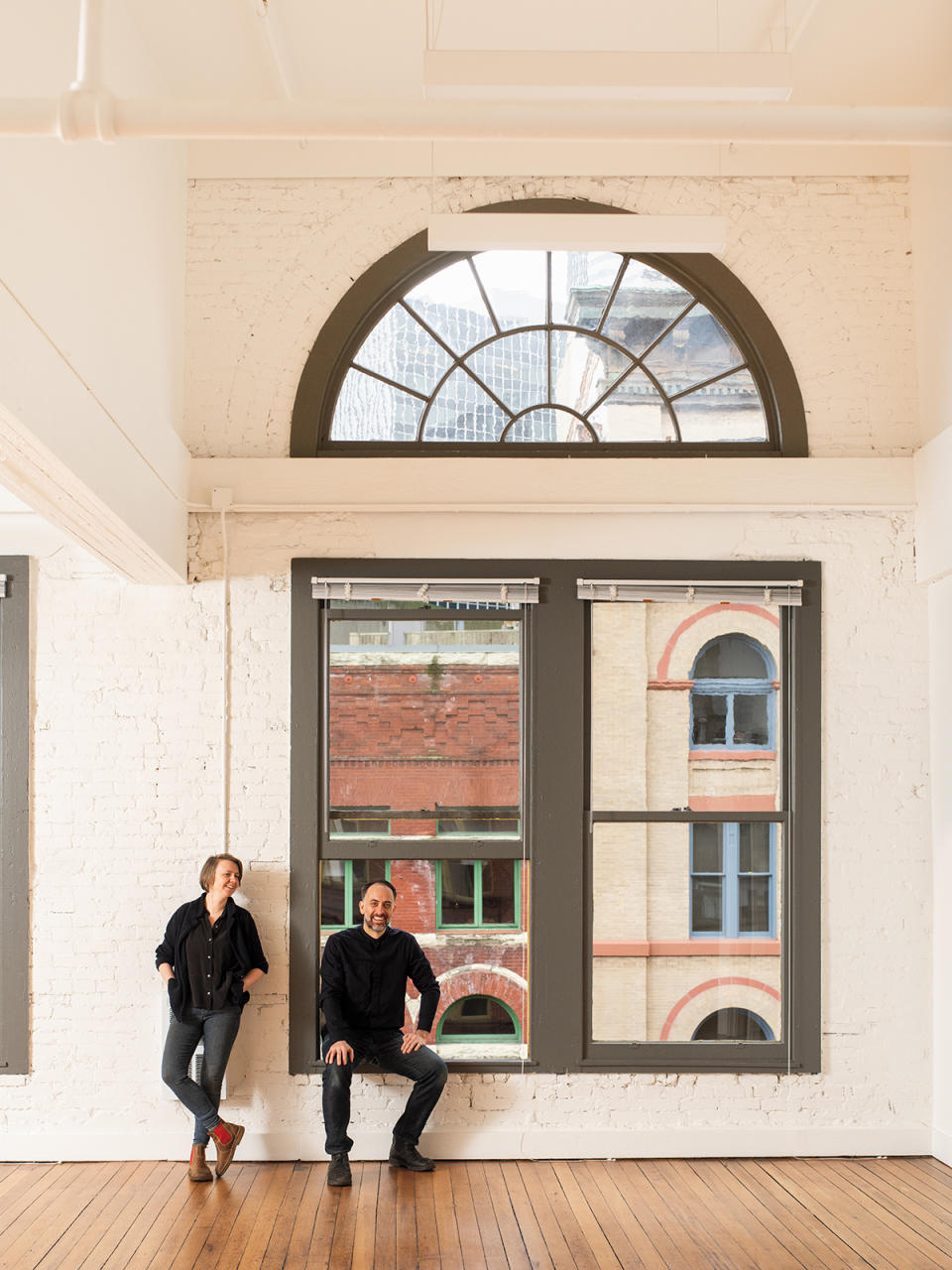
When architects Jon Gentry and Aimée O’Carroll, founders of Seattle design studio GO’C, met in 2011, O’Carroll had just started an internship at Olson Kundig, where Gentry had been working for six years. The two hit it off over a shared love of art, experimental design, and multi-disciplinary collaboration, so when O’Carroll returned to London after her internship ended, they decided to keep working together. As soon as they left their respective offices (O’Carroll was then at Liddicoat & Goldhill), they’d work on entries for various international design competitions. Collaborating via Skype, email, and phone, the two passed plans back and forth, each waking up to notes and edits from the other.
“We had both reached a point where we wanted to explore design outside of the work we did at our weekday jobs,” says O’Carroll. “It was a chance to try more conceptual ideas.”
In 2012, the transatlantic partnership paid off when the two placed second in the Rethink Reuse international design ideas competition for their reimagining of Seattle’s State Route 520 floating bridge as a series of site-specific installations, made from the span’s reused concrete pontoons, with parks, public art, and bike paths. The honor came with a $1,500 prize, which they decided to put toward officially launching their own firm.
“Jon had a really great network in Seattle,” O’Carroll says, “and it was an interesting time for design here. A lot of studios and builders were starting their businesses, and we all began working together and creating these relationships we still have today.”
Gentry’s connections led to GO’C’s first big project: a widely published tasting-room expansion for Cor Cellars winery in Washington’s Columbia Valley. The modern design is composed of a series of angular areas around an exterior courtyard. Large walls of windows connect the interiors to the surrounding landscape, while the building’s neutral palette creates an inviting yet refined gathering space. It’s an elevated interpretation of northwest modernism, a regional version of the International Style that prizes the indoor-outdoor connection.
“Our work positions us in that modernist realm,” Gentry says, “but we’re always looking to go beyond that. This partnership and Aimée’s background, along with our resistance to an overall defining style for each project, we feel, leads us to more interesting and unique work.” (Put another way, “It’s easier for me to have a reaction against the Pacific Northwest style,” O’Carroll says.)
Since designing Cor Cellars, GO’C has undertaken a mix of residential and commercial projects and briefly went viral when the studio launched a Kickstarter campaign to raise $43,000 for one of its more experimental projects: the 2016 construction of a floating sauna.
The firm just signed a five-year lease on a new office in downtown Seattle, where the aim is to cultivate a hub for designers, artists, and photographers to meet, exchange ideas, and hopefully continue to work together in the future.
“Collaboration is such an integral part of our success,” Gentry says. “We want to make a space that opens that opportunity to others.”
Furniture
Anthony Guerrée
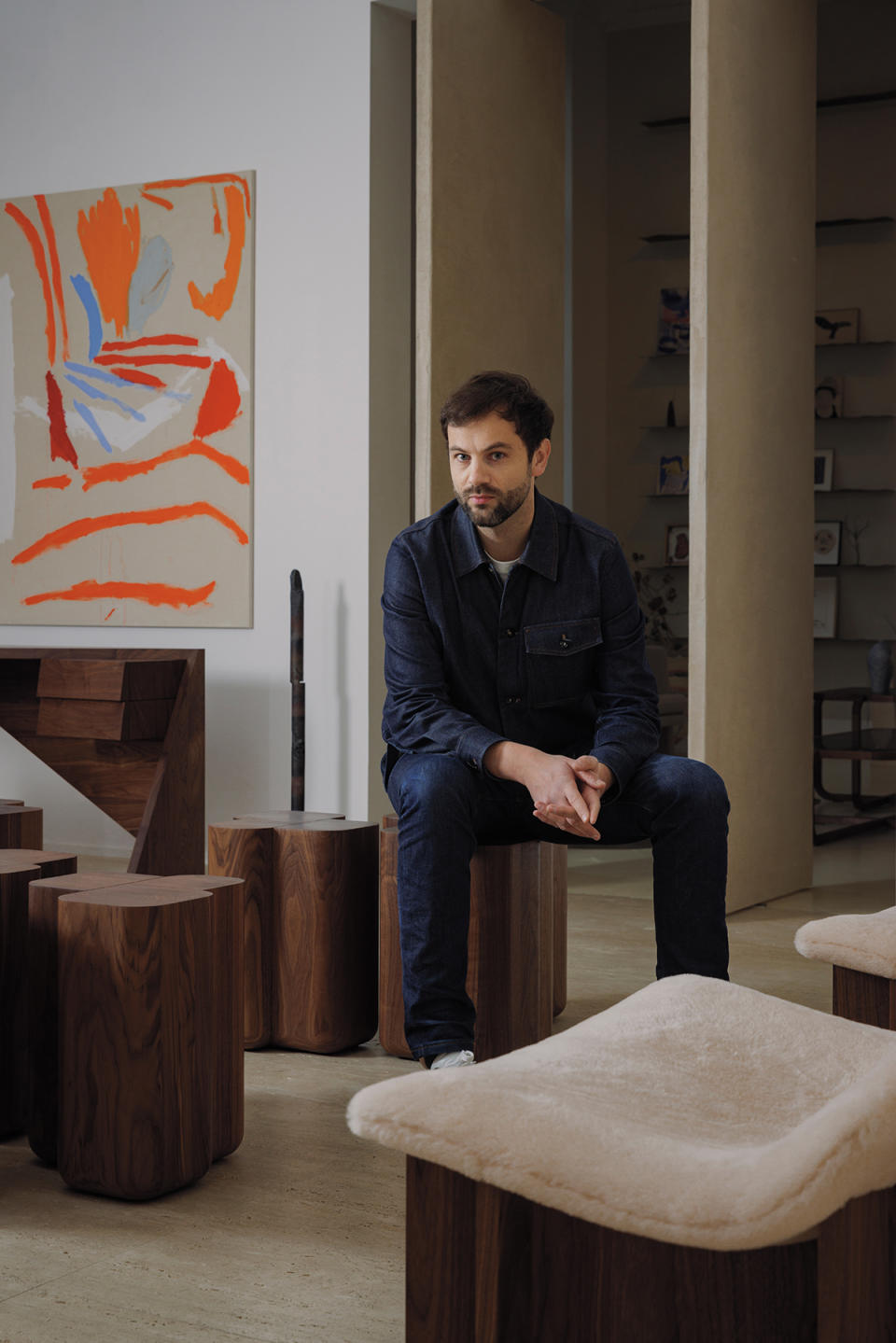
Anthony Guerrée knew he wanted to pursue a creative career from an early age. As a child in Normandy, he spent hours every week with his nose in a book or sketching still-life scenes. But it wasn’t until he turned 15 and enrolled at Lycée Pierre Simon de Laplace, the region’s only high school with a design curriculum, that his path started to unfurl.
“I found myself drawn to products and furniture because I am interested in the rituals of everyday life,” he says. “I’m not comfortable with [full-room] interior design; I prefer the scale of the body.”
Guerrée later moved to Paris to study product design at École Boulle, a fine-arts college renowned for teaching traditional crafts such as marquetry and woodworking. (Midcentury-furniture greats Étienne Fermigier, Olivier Mourgue, and Jacques Hitier are all noted graduates.) “I learned so much about design during my time there,” Guerrée says, “but the residency in cabinetmaking was very important in forming my practice. That handcrafted creation process is not far off from how I produce my pieces today.” One program took him to Japan, where he had the opportunity to join a workshop with a master glassblower in Tokyo. “I didn’t speak any English at the time, so we just passed sketches back and forth and worked that way,” he says. “Through that experience, I discovered that design, or creation in general, is a language you can use to express yourself.”
In 2010, Guerrée went to work for noted French furniture designers Andrée Putman and Christophe Delcourt. “After graduating, I wasn’t ready to start my own [studio],” Guerrée admits. “It was too early, and I wasn’t at the point, on a technical level, where I had found a voice.”
But after nearly a decade in the industry, Guerrée started his own studio in 2020 and presented his solo debut in February 2021. The collection, Chairs of Lost Time, was inspired by Proust’s novel In Search of Lost Time. Each piece reflects a character from the book. The work’s critical success positioned Guerrée as a rising star.
I found myself drawn to products and furniture because I am interested in the rituals of everyday life.”
Much like haute couture, his bespoke pieces offer fantasy and escape, their intricately crafted forms rebelling against the cult of minimalism. At Paris Design Week in 2022, he presented Fragments, a range of marble objects and furniture that take inspiration from the work of Le Corbusier and classical Greek architecture. The joint project, with M Éditions, was installed at Maison La Roche—the Paris home Le Corbusier designed with his cousin and collaborator, Pierre Jeanneret.
But Guerrée doesn’t design under only his name. He has collaborated with brands as varied as the Portuguese company De La Espada and Britain’s Habitat, among others. For Milan Design Week, he will present two new collections, one with the Dutch firm Linteloo (their fourth partnership) and one with a new partner, New York’s Atelier de Troupe. “I love to work with other people, other brands,” Guerrée says. “I evolve my craft every time I work with someone else. The more technically advanced you get, the freer you are to express yourself through your work.”
Sign up for Robb Report's Newsletter. For the latest news, follow us on Facebook, Twitter, and Instagram.

 Yahoo Movies
Yahoo Movies 
